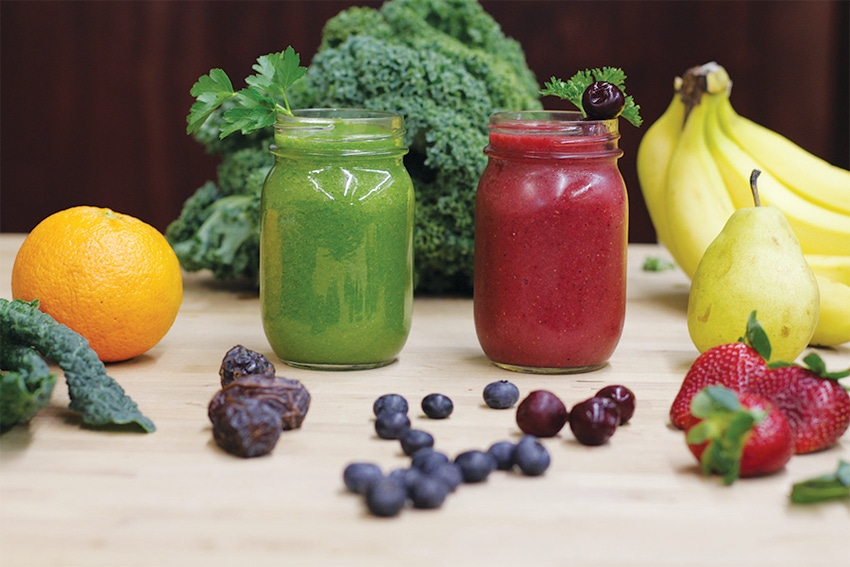Many of the trends penetrating the larger natural food market, like a focus on food waste and global flavors, will captivate foodservice in the coming year, according to a new report.

Foodservice has been a bright spot for many natural retailers as growth in other important areas of the store slows. In its new Foodservice Trends 2017 report, market intelligence firm Mintel gives some hints at what the foodservice competition might be up to next year and offers some ideas that retailers can use, too.
Wasting less. One way restaurants are doing this is by planting rooftop herb gardens or finding greenhouse space where they can grow food, to give chefs more control over what and how much they grow. Streamlining the menu also helps with this; with a simplified menu, foodservice operators need only to stock core ingredients.
Retailers can also step up their efforts by repurposing food scraps in soups or smoothies, or using preparations like pickling to extend the lifespan of foods. And the ugly food movement is only just beginning—more than half of U.S. consumers are open to buying less-than-perfect vegetables, according to Mintel, which will pave the way for more offerings on the menu and at retail.
Going global. Consumer curiosity and greater exposure to international foods is driving demand for global cuisines and food preparation techniques based on age-old methods such as fire-grilling and smoking. Worth noting, Mintel cited "grilled" and "roasted" as the top two preparation methods that U.S. consumers are interested in seeing more of at foodservice.
Mintel notes that flavors from Korea (like kimchi), the Philippines and Africa (harissa and teff) are growing on menus, and that more than one-third of U.S. consumers say adding unique flavors or ingredients to familiar dishes would entice them to try something new.
Experiential eating. Independent natural retailers know the importance of a good in-store shopping experience—in many cases, it’s a major advantage they have over big-box competition—and a good dining experience is just as critical for foodservice. It’s so important, in fact, that places that primarily focus on experience—think sports stadiums and movie theaters—are investing in better food offerings to get in the game.
But 34 percent of millennials want to see more restaurants inside grocery stores. Mintel says this trend will continue rising, and the firm also expects to see more CPG companies open pop-ups.
Automation. At Eatsa, a competitor in the fast-casual restaurant space, diners order from a tablet or app and then pick up their food from a cubby, so they skip the whole cashier part of the experience. While automated technology can up the convenience factor and streamline the experience, it may be less practical in a retail setting. However, Mintel notes that young consumers particularly are growing to expect on-demand food ordering.
About the Author(s)
You May Also Like




